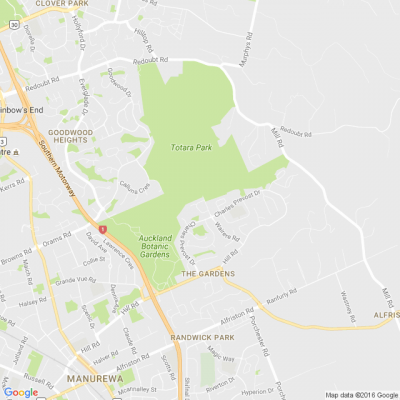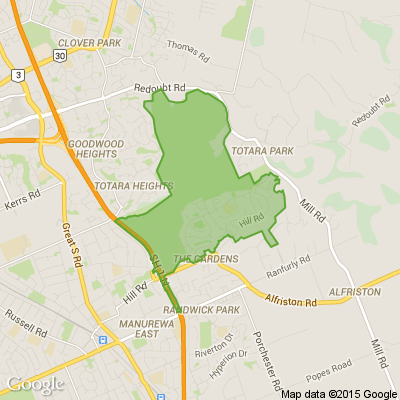Hitting The Sweet Spot
You might think you have the perfect product to tempt your customers but are you certain your perceptions align with theirs?
Failure to find your customer’s sweet spot may simply render your product out of date and out of touch.
A rare box of 120 year-old chocolates from the Boer War was for sale recently on Trade Me and attracted quite a lot of attention. But the asking price and viewers’ comments provide food for thought about the importance of making sure your value perceptions match those of your customers.
The tin gift box dating from 1900 with New Year’s greetings from Queen Victoria holds a certain value for collectors of Boer War memorabilia. But the fact that it still contains the six original uneaten chocolate bars adds enormously to the interest this item is generating.
Initially, the vendor was very confident in the value of this auction and asked upwards of $2,000.
But the auction has had no bites, and as one person said, "$2000 is a hell of a lot". Such comments about the exorbitant price tag have forced the vendor to lower their expectations to around $800.
Part of the problem here was that rancid fat and sugar bloom makes the chocolate inedible. And who wants to buy a 120 year-old product that is not fit for purpose?
This raises some really important points about value perceptions. In simple terms, if you want your product to be relevant you need to understand where your customers’ sweet spot is and how you can add value to that.
It’s very easy to have a distorted view of the value your product offers to the market. You know the enormous amount of time, effort and resources that have gone into the research, design, pricing, sales and marketing of your product. And so you’re rightly proud of what you have achieved.
But this same intense involvement can blind you to changing customer tastes, the value your competitors offer and any flaws in your own value perceptions. The harsh reality is that what was considered valuable 1 year or even 6 months ago may no longer be valued.
It may be that customers’ perceptions have changed. It could be that a competitor is offering a lot more value for the same price. A drop in perceived value might be due to the use of non recyclable packaging or increased awareness of a labour issue some other seemingly unrelated aspect.
Such a volatile market requires you to always be on your toes. You need to constantly review, and ask; does my product add value to my consumers’ lives?

What's your favourite recipe for gooseberry?
Love gooseberries? Share your favourite way to enjoy them. We're looking for our readers' favourite family recipes for this delicious crop. Send yours to mailbox@nzgardener.co.nz, and if we use it in the magazine, you will receive a free copy of our December 2024 issue.

Six tips for improving security around your home
1) Improve outdoor lighting
Ensure that streets, driveways, and front yards are well-lit. Motion-sensor lights around homes deter trespassers by reducing hiding spots and illuminating their movements.
2) Trim your trees
Overgrown shrubs and trees provide cover for intruders. Keeping them well-trimmed around windows and doors improves visibility and reduces potential hiding spots.
3) Secure Entry Points
Ensure doors, windows, and gates are always closed when you are away from the house. Upgrade to more secure locks, deadbolts, or even smart locks for added protection.
4) Add a security camera
Place security cameras in the main entry points to your home. Doorbell cameras are also relatively cheap and a great way to keep track of who is visiting your home when you aren't there.
5) Start a Neighborhood Watch Program
You could reach out to members on Neighbourly to form a group of neighbors who can regularly keep an eye out for suspicious activity and report it. You could also check with Neighbourhood Support to see what is existing in your area.
6) Introduce yourself to your neighbours
The closer you are to your neighbors, the more likely they’ll notice when something unusual or suspicious is happening around your property
Feel free to share anything that you do around your area to deter crime.

What workplace change would you like to see most?
This coming Monday is Labour Day in New Zealand. This public holiday marks when the eight-hour workday and 48-hour workweek became law in 1899. The idea started with Samuel Parnell, a carpenter in Wellington, who in 1840 refused to work more than eight hours a day. Since skilled workers were in short supply, his employer had to agree.
As more skilled workers arrived, employers tried to change working conditions, but Parnell and others kept pushing for better rights. In 1890, Parnell led a Labour Day parade of 1,500 people to promote the eight-hour day. He passed away shortly after, and nine years later, Labour Day became an official public holiday.
Do you feel that we have reached the ideal in working environments yet? What rights are you passionate about relating to employment? Share your thoughts!








 Loading…
Loading…